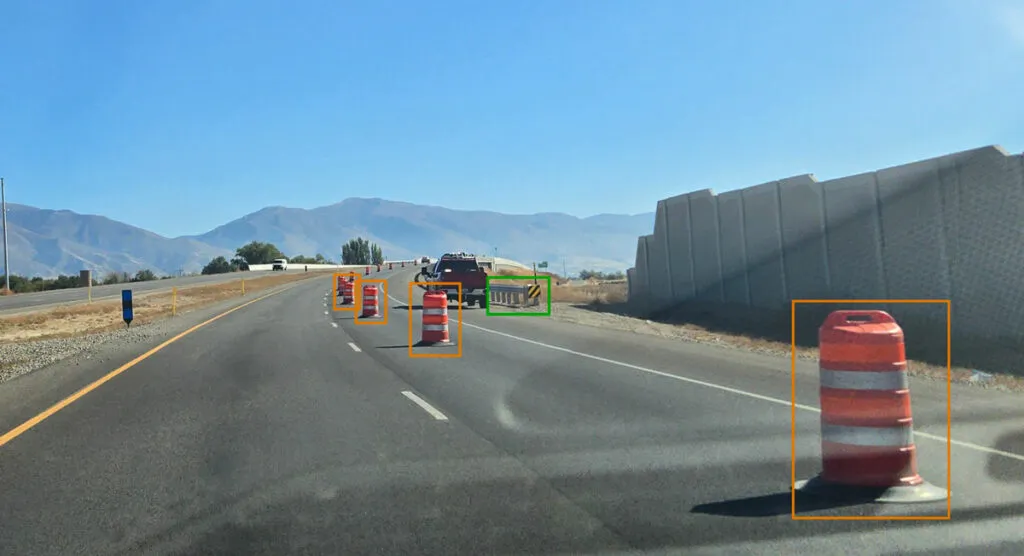In a US$2.59 million contract awarded by the Oklahoma Department of Transportation (ODOT), International Road Dynamics (IRD) is to build, implement, and maintain a new and innovative port-of-entry (POE) electronic screening system (ESS) for commercial vehicles at Interstate-35 northbound in Love County, Oklahoma. This is the fourth such system to be supplied by IRD, as ODOT continues with the deployment of additional systems throughout the State.
The system will allow trucks with compliant weight, dimens
June 10, 2016
Read time: 2 mins
In a US$2.59 million contract awarded by the Oklahoma Department of Transportation (ODOT), 69 International Road Dynamics (IRD) is to build, implement, and maintain a new and innovative port-of-entry (POE) electronic screening system (ESS) for commercial vehicles at Interstate-35 northbound in Love County, Oklahoma. This is the fourth such system to be supplied by IRD, as ODOT continues with the deployment of additional systems throughout the State.
The system will allow trucks with compliant weight, dimensions and credentials to bypass the POE at highway speeds, reducing the number of trucks that are required to stop at the inspection station and enabling state officials to better focus limited resources on potentially high risk or non-compliant commercial vehicles.
The contract includes the supply and installation of IRD's weigh-in-motion (WIM) and intelligent Roadside Operation Credentialing (iROC) system which utilises license plate reader (LPR) and USDOT reader technology, vehicle dimensioning, integrated static scale, video verification, vehicle movement compliance and operational and reporting software.
This site will be added to the IRD-supplied host operations and maintenance operations management system, which provides ODOT with a complete picture of activity across this and other POE locations state-wide. The systems provide a central data repository with a web-based data access tool to provide real-time information, historical reporting and business intelligence through one system portal. The maintenance operations management system also provides ongoing site health monitoring and equipment status information.
The system will allow trucks with compliant weight, dimensions and credentials to bypass the POE at highway speeds, reducing the number of trucks that are required to stop at the inspection station and enabling state officials to better focus limited resources on potentially high risk or non-compliant commercial vehicles.
The contract includes the supply and installation of IRD's weigh-in-motion (WIM) and intelligent Roadside Operation Credentialing (iROC) system which utilises license plate reader (LPR) and USDOT reader technology, vehicle dimensioning, integrated static scale, video verification, vehicle movement compliance and operational and reporting software.
This site will be added to the IRD-supplied host operations and maintenance operations management system, which provides ODOT with a complete picture of activity across this and other POE locations state-wide. The systems provide a central data repository with a web-based data access tool to provide real-time information, historical reporting and business intelligence through one system portal. The maintenance operations management system also provides ongoing site health monitoring and equipment status information.








